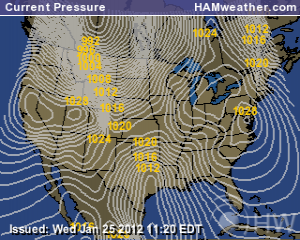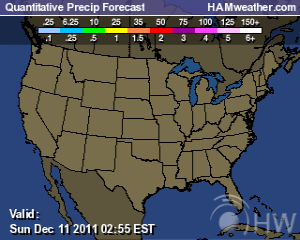NASA to Study the Sun From a Closer Distance Than Any Previous Space Mission.
The European Space Agency (ESA) and NASA have announced plans to study the sun from a closer distance than any previous space mission.
The agencies will begin development and testing of two science instruments which will be placed on ESA’s newly selected Solar Orbiter mission, due for launch in 2017.
At its closest approach, the European-led project will operate approximately 21 million miles from the sun’s surface, near the orbit of Mercury, roughly 25 percent of the distance from the sun to the Earth. This unique vantage point will enhance the ability to forecast space weather.
Space weather produces disturbances in electromagnetic fields on Earth that can induce extreme currents in wires, disrupt power lines and cause widespread blackouts. These sun storms can interfere with communications between ground controllers and satellites and with airplane pilots flying near Earth’s poles. Radio noise from the storms also can disrupt cell phone service.
“Solar Orbiter is an exciting mission that will improve our understanding of the sun and its environment,” said Barbara Giles, director for NASA’s Heliophysics Division in Washington.
“This collaboration will create a new chapter in heliophysics research and continue a strong partnership with the international science community to complement future robotic and human exploration activities.”
Solar Orbiter will be close enough to the sun to sample solar wind shortly after the wind has been ejected from the sun’s surface. Additionally, the spacecraft will observe in great detail the process that accelerates the wind on the sun’s surface. Data will provide views of the sun’s polar regions and far side. The spacecraft’s elliptical orbit will allow it to follow the star’s rotation, enabling observations of specific areas for much longer than is currently possible.
Launch is planned for 2017 from Cape Canaveral Air Force Station, Fla., aboard a NASA-provided expendable launch vehicle. Among the science investigations, two instruments valued at $80 million are provided by NASA.
- The Solar Orbiter Heliospheric Imager (SoloHI), which will provide revolutionary measurements to pinpoint coronal mass ejections or CMEs. CMEs are space weather events with violent solar eruptions that travel from 60 miles per second to more than 2,000 miles per second with masses greater than a few billion tons. Russell Howard from the Naval Research Laboratory in Washington is principal investigator.
- The Heavy Ion Sensor (HIS), one of a suite of sensors that will measure density, velocity, and temperature of the solar wind. Stefano Livi from the Southwest Research Institute in San Antonio is principal investigator.





You must be logged in to post a comment Login